5. Aesthetic design
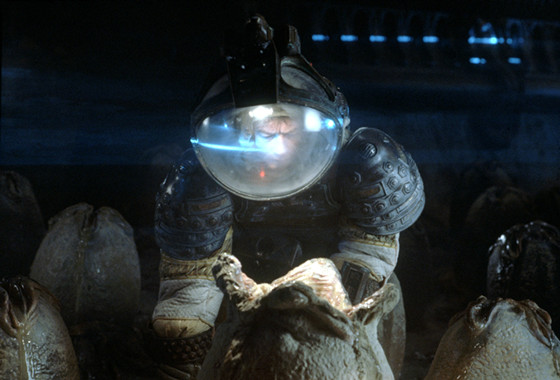
Before the team behind Alien consulted Giger’s work, the original Xenomorph went through several drafting stages. Initial ideas include several creatures inspired by Lovecraft’s Cthullu. Fortunately, Scott was introduced to Giger through his work and cinema history was made. Clearly, God was in the detail for the filmmakers as so much terror and information is conveyed just by looking at the Xenomorph.
Giger described the design of the creature as surreal, macabre and biomechanical. Another critic even described it as abstract industrialism. The mixture of the organic (or human) aspects and the mechanical creates a hybrid that was very much at home on board the Nostromo.
Director Ridley Scott even confessed that the production team redesigned many of the sets to match with the Xenomorph. Room size was decreased to create a claustrophobic environment and the hallways were redesigned to match the aesthetic look of the Alien. This created a completely different response from audiences.
Based on the original concepts, the Cthullu like Xenomorph would have represented the outsider, a foreign entity that had invaded the home of the crew. Instead, the Alien has adapted so well to its new environment, that it reinforces the notion that humans do not belong in outer space. The crew has wandered into its territory.
Various aspects of the Alien stand out, especially the head, which contains several examples of the organic/mechanical paradigm. While it also contains animalistic feature, such as a mouth, the back of the head has also been designed to resemble an oxygen tank, a reference to the Alien’s ability to survive in inhospitable environments. But the most obvious is the absence of eyes.
An effect that removes any attempts at anthropomorphising the Xenomorph, the ability to give humane qualities to an animal or inanimate object. The eyes are central to this concept with animated films giving human qualities to animals, toys, insects, cars, robots and monsters. Yet without eyes, the Alien remains completely inhuman.
Even the physical design of the creature moves from the bizarre to the straight up macabre. The production team created the head by using part of a human skull. Sadly, this is unseen in most scenes but from the right angle, especially during the final scene of Alien, the hollow eye sockets of the skull can be seen, creating a truly horrifying image.
4. Inspired by real creatures
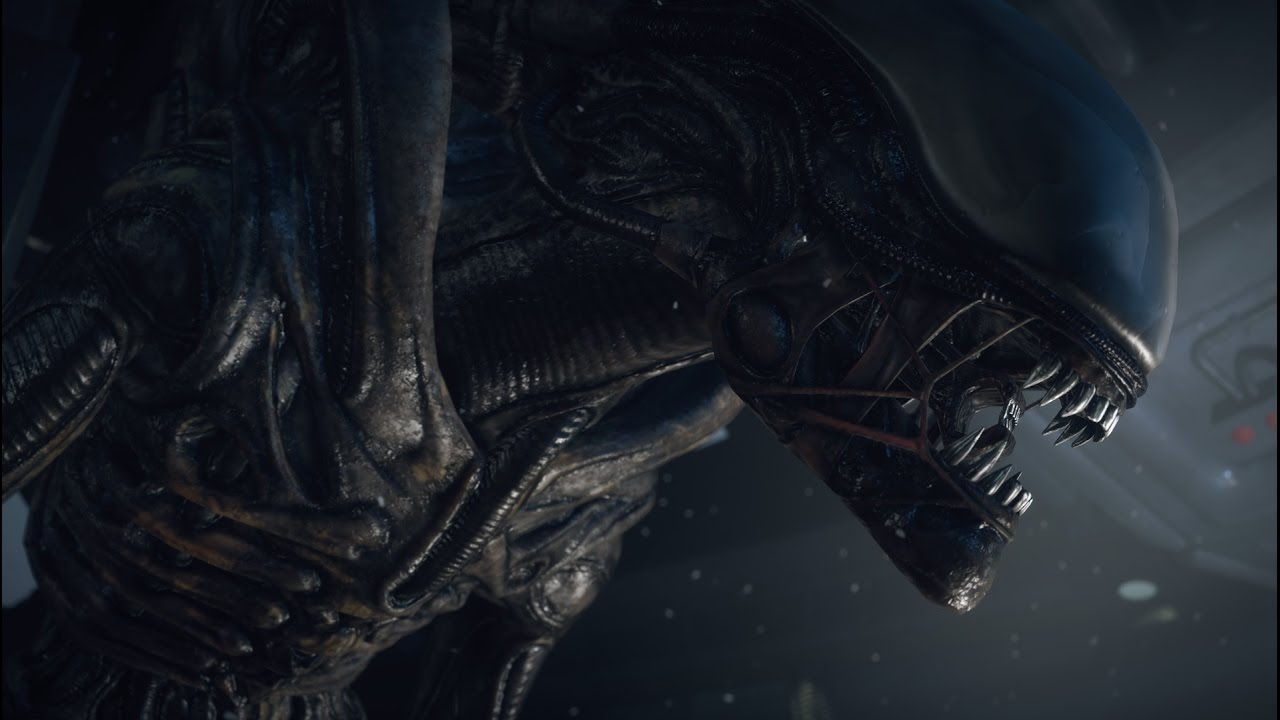
While the Alien’s aesthetic is designed to match humans in certain ways, copying its DNA as a means of adapting to its environment, it has also been designed as an animalistic species, one that takes elements and inspiration from several real species, including features that have become iconic to the Xenomorph.
On the surface it may seem like Xenomorphs have a lot in common with reptiles, such as lizards and crocodiles, but they have more in common with insects. The Aliens are encased in an exoskeleton used not just for defence, but also for sensing and feeding, giving credence to several theories including the Xenomorphs use of bioelectric fields to track their prey (also similar to a shark) and their ability to absorb energy from nearby power sources.
But the biology of the Xenomorph is not the only influence from insects. The iconic incubation of a host, where the facehugger inserts a Xenomorph embryo, is actually inspired by Wasps that will sting other larger insects, such as spiders, and implant eggs that eventually hatch. The lava then eats the spider from the inside out.
Another iconic feature of the Xenomorph inspired by a real creature is its trademark second jaw. Throughout the series, the Xenomorph will frequently substitute frenzy attacks using its claws, tail and teeth in favour of holding down a target before using the second mouth. This second mouth is actually a real thing and is known as a pharyngeal jaw, and can be found on several species of fish as well as the moray eel.
The Xenomorph is a terrifying incarnation in itself, tapping into our deepest and darkest fears about the unknown vastness of space. But in order for the audience to truly fear it, they have to believe it could be real. By applying aspects and qualities of real animals to the Xenomorph, its features, regardless of how outlandish they are, seem believable and therefor terrifying.
3. Biomechanical virus
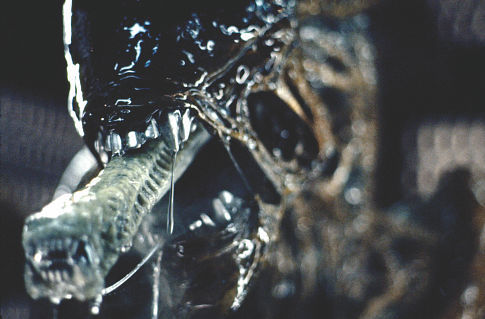
The exact nature of the Xenomorph has been debated for decades. Originally, it was believed that the Facehuggers were laying an egg into the host, which would grow into its lava state before killing the host. However, based on its advanced evolutionary development, its ability to manipulate its host DNA and its drive to spread itself across its environment, wiping out the host, it is more reasonable to consider the Xenomorph as more of a virus rather than animal.
Ridley Scott cleared up many of these assumptions with Prometheus, revealing that the Xenomorph’s origins were actually as a biological weapon, developed to wipe out humanity. The weapon grew out of control, infecting several crewmembers, including Charlie Holloway who passed it onto Elizabeth Shaw, falling pregnant with the first Facehugger.
This origin story confirmed the theory that the Facehuggers were in fact planting a virus into the victims, one that manipulates the host’s DNA, using it to create the Xenomorph. This explains why the end result can differ based on host and environment as well as why the Xenomorph has been crafted as the perfect weapon.
Evolution of this level takes millions of years for most creatures, yet the Xenomorph can change its entire structure to whatever makes it the most efficient killer in the room. It develops a camouflage system that allows it to remain virtually invisible in any environment, organic or mechanical, and every aspect of it is designed to kill, including claws, tail, jaws and even its blood.
Today, the concept of an unstoppable virus is not bizarre. HIV, Bird Flu and Zika are all hot topics prompting a societal fear of a virus or disease that will kill millions. The Xenomorph is simply a physical representation of this power. It even adds to the power of Ash’s warning to the crew that it cannot be killed. A physical Xenomorph can be killed, but the virus will always be out there. Always evolving.
2. Sexual Metaphors
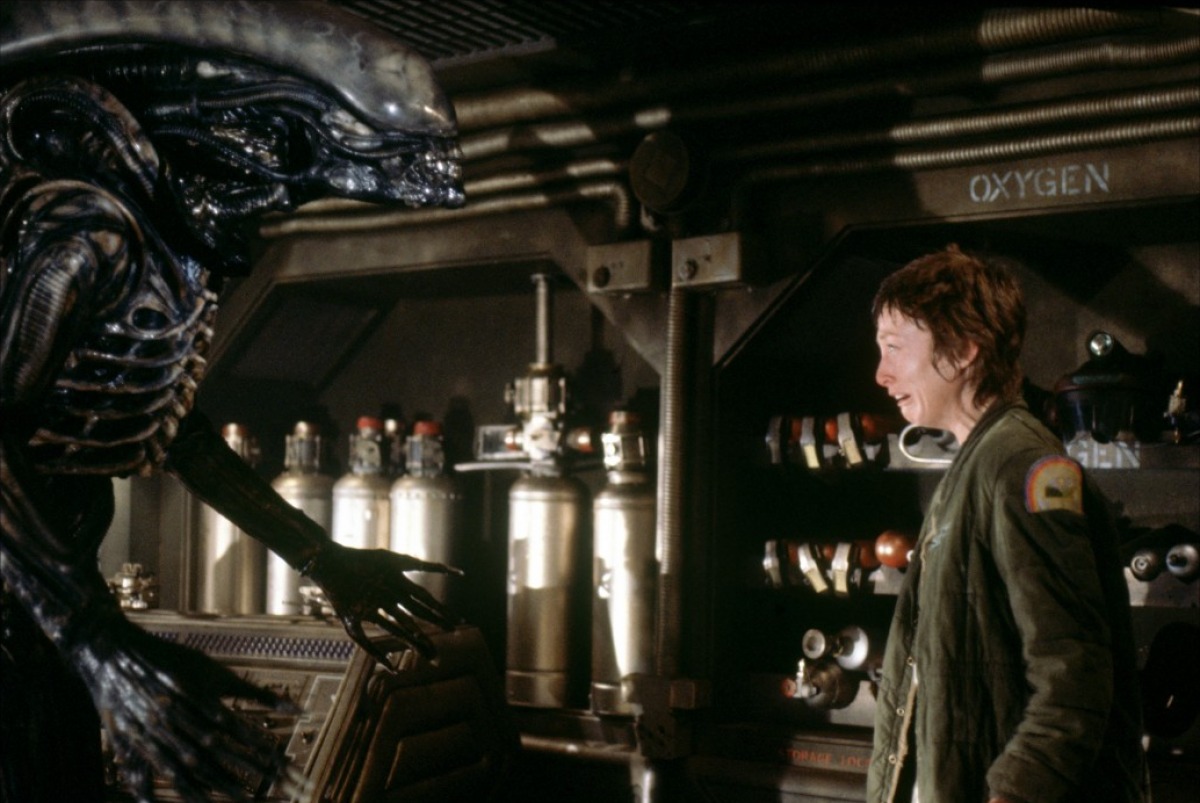
In the original film, the deaths of the various crewmembers at the hands of the Xenomorph are hauntingly intimate. Brent, Dallas and Parker all suffered attacks that were close and personal, but it the death of Lambert that is the most disturbing. The Xenomorph slowly moves in, towering over the tiny, sobbing Lambert, as its tail moves between her legs and slowly slides up her thigh. Her death is unseen, but the sounds heard are truly disturbing.
The Xenomorph drones are not sexual beings. Their purpose is solely for the advancement of the colony, protecting the Queen and capturing potential hosts. Yet its movements and ambush tactics show more than just wild animal.
This is also seen when the Xenomorph ambushes Ripley in the lifeboat. Director Ridley Scott deliberately set the scene like a home invasion. Ripley has stripped down to her underwear, ready to be frozen for the journey home, when the Xenomorph reveals itself. This introduces a whole new level of vulnerability.
The depiction of rape in cinema is still very much taboo, generally inviting controversy over using sexual assault as a plot device. This illustrates just how damaging the notion is on society. Yet, Ridley Scott does not use this as a plot device. It is merely suggested or, at minimum, hinted. Scott wants the audience to put the pieces together themselves.
The sexual metaphor continues through much of the series, especially in Prometheus, turning the Xenomorph into a metaphor for a sadly common fear in modern society.
1. Surreal Mirror Image of Humanity
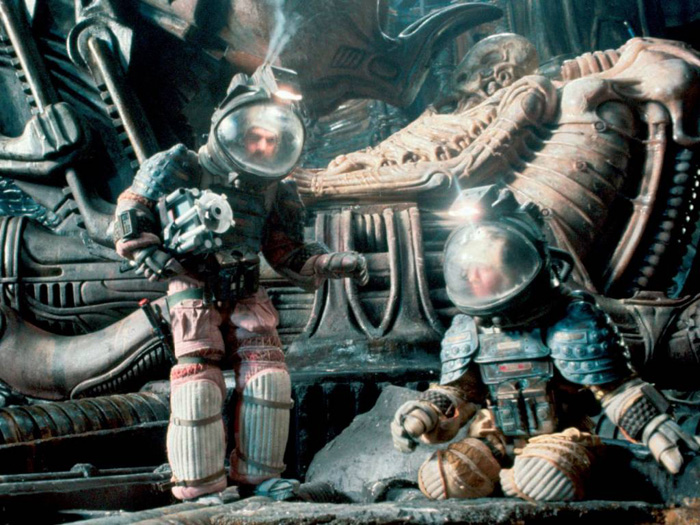
In Aliens, after discovering that Weyland Yutani representative Burke was responsible for releasing the Facehuggers in an effort to turn Ripley and Newt into hosts, Ripley admonishes him, “You know Burke I don’t know which species is worse. You don’t see them fucking each other over for a goddamn percentage”.
The Alien Saga has produced one of the most memorable monsters in cinema history, by also turning our gaze back upon ourselves. Corporate greed, religious fundamentalism and ethics in science are all themes prevalent through the series. Figureheads of each of these evils play a prevalent part in the rise of the Xenomorph threat.
In Alien Resurrection, the scientists on board the Auriga are not above conducting highly unethical experiments, creating multiple clones of Ripley (leaving failed copies in pain and torment) as well as kidnapping colonists to act as hosts. However, it is corporate evil that is the most common theme, symbolised by the greedy Weyland Yutani Corporation.
The company is responsible for much of the horror that befalls the Xenomorphs victims. The Nostromo crew, the residents of Hadley’s Hope and the Colonial Marine rescue team are all considered expendable in the hopes that the corporation can acquire a Xenomorph for the purpose of weapon development.
But the Xenomorphs are themselves representative of our worst desires and features. The creatures themselves are not inherently evil. They are simply animals trying to survive in the worst possible conditions, similar to many of the humans they encounter. They have become a distorted reflection of ourselves, a biomechanical representation of everything we fear in ourselves. The Aliens are a surreal representation of humanity.
Their comparison to a virus is apt. Their expansion across a habitat, wiping out any living organism and destroying their habitat could easily be attributed to a virus, as well as the human race. Earth is hardly mentioned throughout the saga, but humanity has reached a point where it is able to spread itself across the galaxy, stripping planets of its natural resources and setting up colonies on habitable worlds. We have seen the damage humanity has inflicted upon Earth. How long is it before it causes irreversible damage to other planet?
At their core, the Xenomorphs are machines of reproduction and murder. Is humanity really all that different?